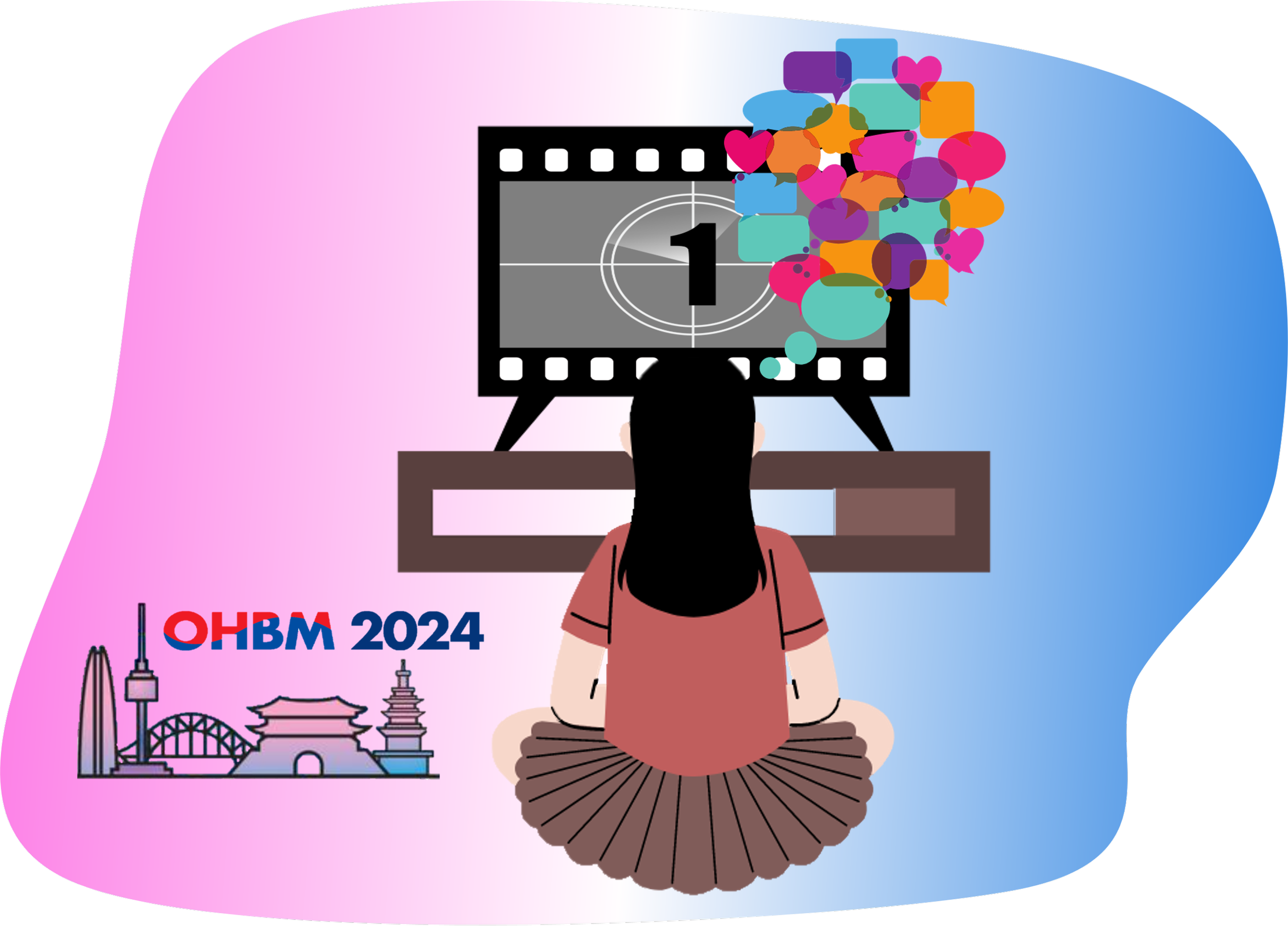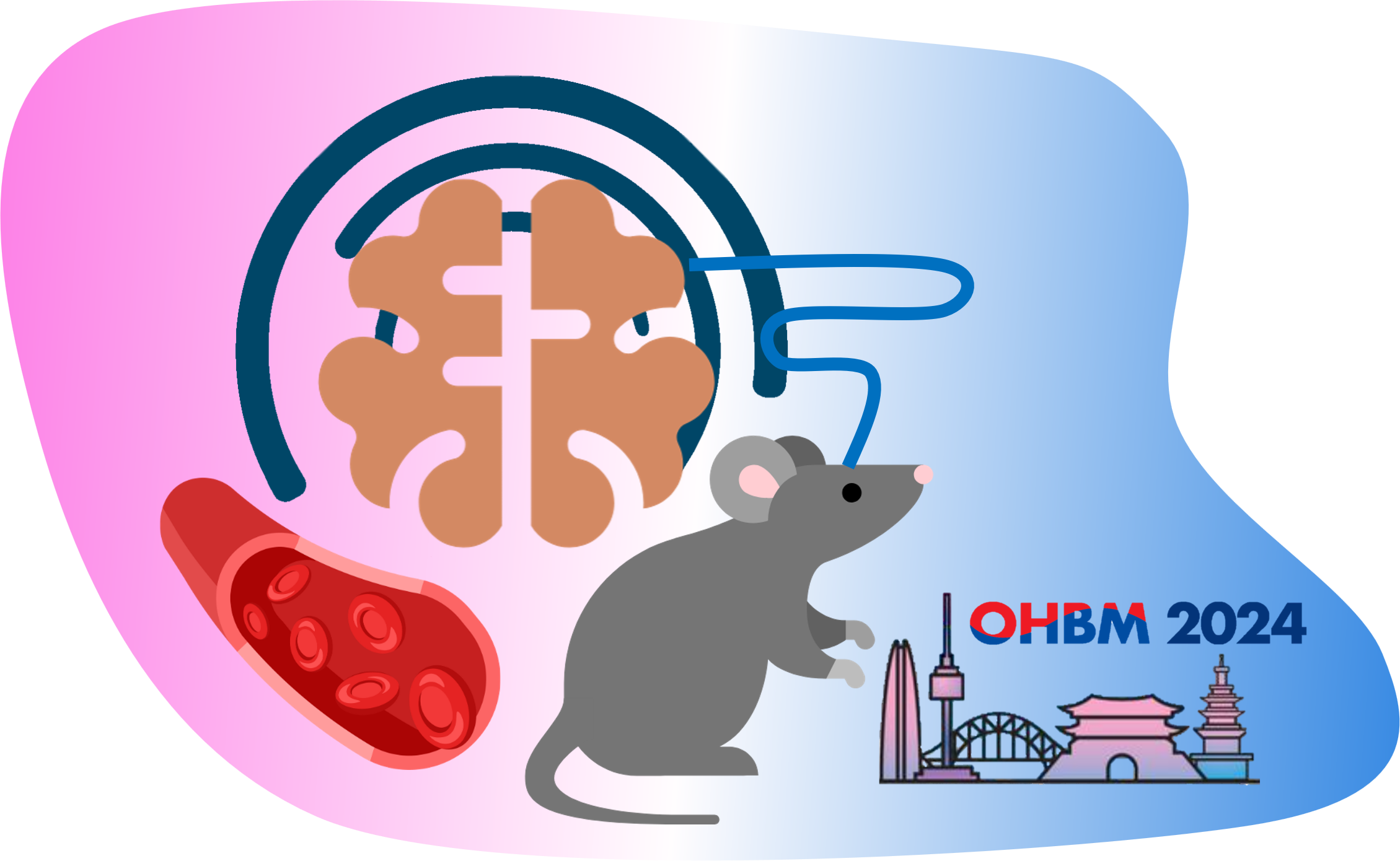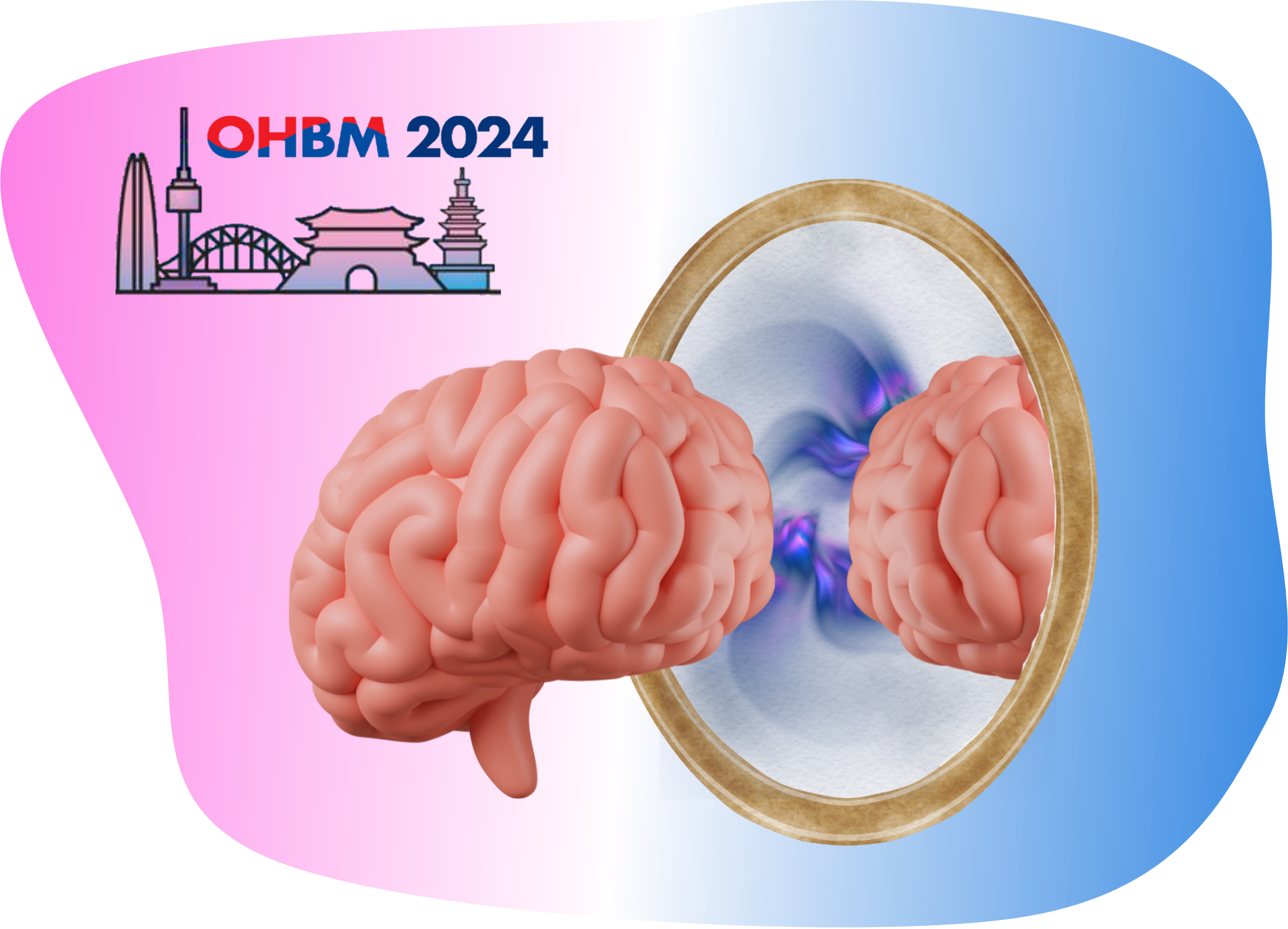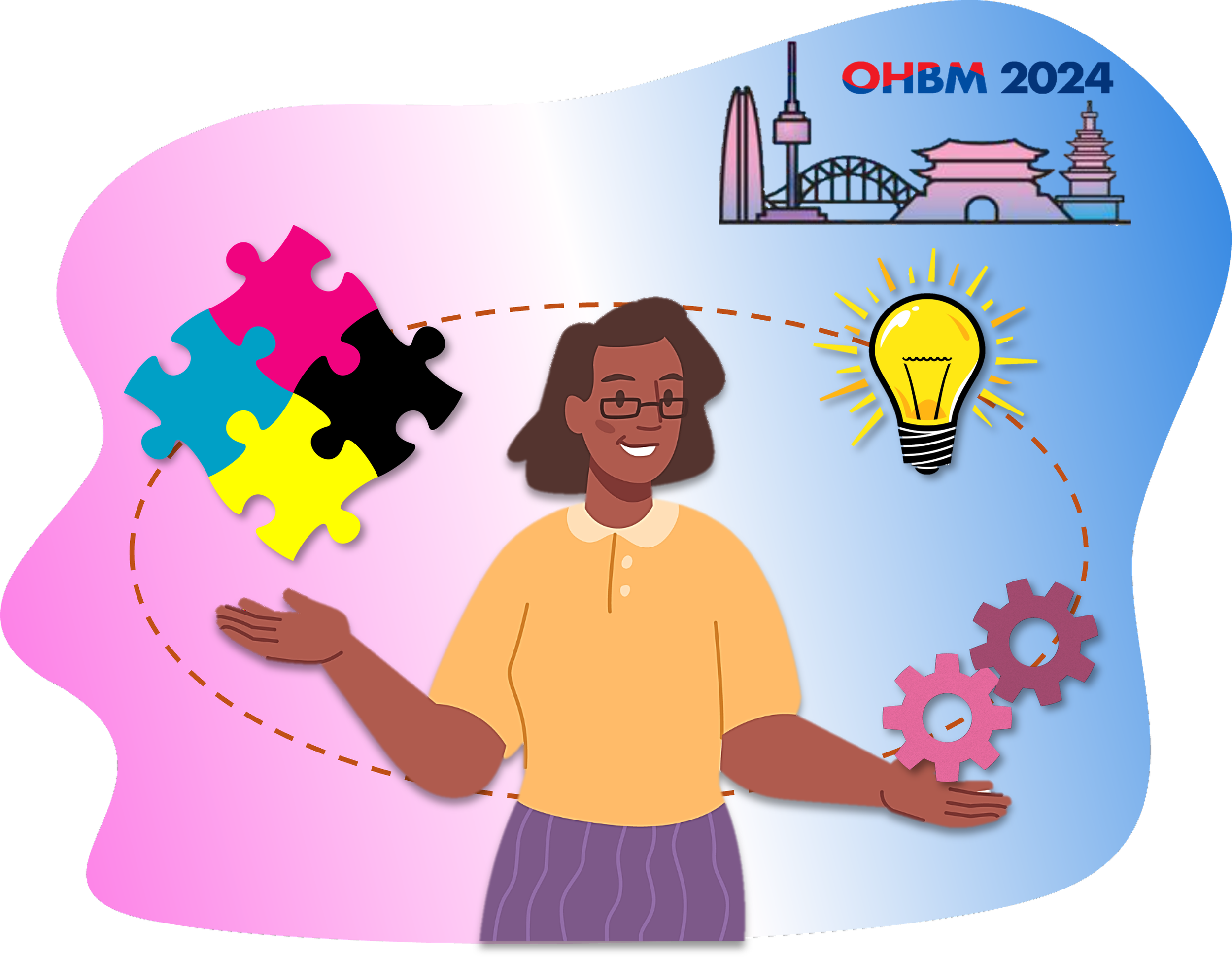
Keynote Series: Emily Finn — Exploring individual differences in how we experience the same thing
If you have talked to someone about a movie both of you have watched before, you may have noticed how different their experience is to yours. Beyond just liking or hating the movie, people may remember the same movie differently based on their past experiences, current mental states, interests, etc. Each of our experiences is unique.
There is a growing interest among neuroscientists in studying these individual differences under more naturalistic conditions, such as watching movies, rather than just finding the average (normative) brain activity patterns or studying subjects at rest in an MRI scanner. Dr. Emily Finn and her research team are a part of this movement, using neuroimaging analyses to explore how and why our subjective experiences can be so different.

Keynote Series: Seong-Gi Kim — Feedforward or feedback: Measuring directionality of information flow with ultrahigh field fMRI
The advancement of functional magnetic resonance imaging (fMRI) has made it increasingly easier to observe what happens in the brain in real time. However, the temporal resolution of fMRI is often limited by the hemodynamic response, the rate at which blood flows to and from tissues in the brain. This can make it hard for neuroscientists to observe rapid changes in brain activity using fMRI in the same way they might using tools like electroencephalography (EEG) and magnetoencephalography (MEG) which measure faster physiological processes. But as MRI technology improves, fMRI measurements are becoming more precise, allowing researchers greater specificity when studying smaller changes in brain activity.

Keynote Series: Lucia Melloni — Adversarial Collaboration : Large scale collaborations to help define and measure the neural correlates of consciousness
What makes someone conscious? What is consciousness? Scientists and philosophers have been asking these questions for millennia. And the field of consciousness has made significant progress in the last century. But questions still remain and competing viewpoints have arisen to define what consciousness is and, more recently, how it presents itself in the brain. One group of researchers set out to rigorously test two competing theories of consciousness using a large-scale collaborative consortium

Keynote Series: Mac Shine — From specificity to flexibility and everything in between: The segregation and integration of brain function
It is morning, and our alarm clock goes off. We get out of bed and begin the chain of habitual behaviors that form our morning routine. Before long, we are ready to leave our home and start a new workday. We step outside and close the door behind us. As we leave the comfort of our home, get into our car, and start driving to work, the predictability of our environment diminishes. Our brain performs impressive acrobatics of information processing to enable this seamless switching between habitual and novel behaviors.

Keynote Series: Zarin Machanda — The hidden cost of motherhood for chimpanzees
Play might be something that we as humans take for granted. We see it as a common activity; something that’s almost automatic. But our beliefs about play may be skewed towards the human experience. For many species, play among juveniles serves as an important catalyst for development, but play among or with adults is less common and parents do not always serve the role of play partner as they do in humans. But while play behaviour has adaptive benefits, it comes at a cost in the wild, which means that there’s important variation in when and why chimpanzees engage in play.

Keynote Series: Dr. Nicola Palomero-Gallager and the interplay between receptors, connectivity, and cognitive networks
One of the most significant challenges in neuroscience is understanding how the brain, with its relatively static anatomy, can adapt to the ever-changing world around us. The brain's connectivity, or the way different brain regions communicate with each other, is a crucial component in this process. Mapping the brain's connectivity, known as the connectome, is a major ongoing effort in the field. However, connectivity alone is not enough to explain the neural circuit dynamics that underlie brain functions.